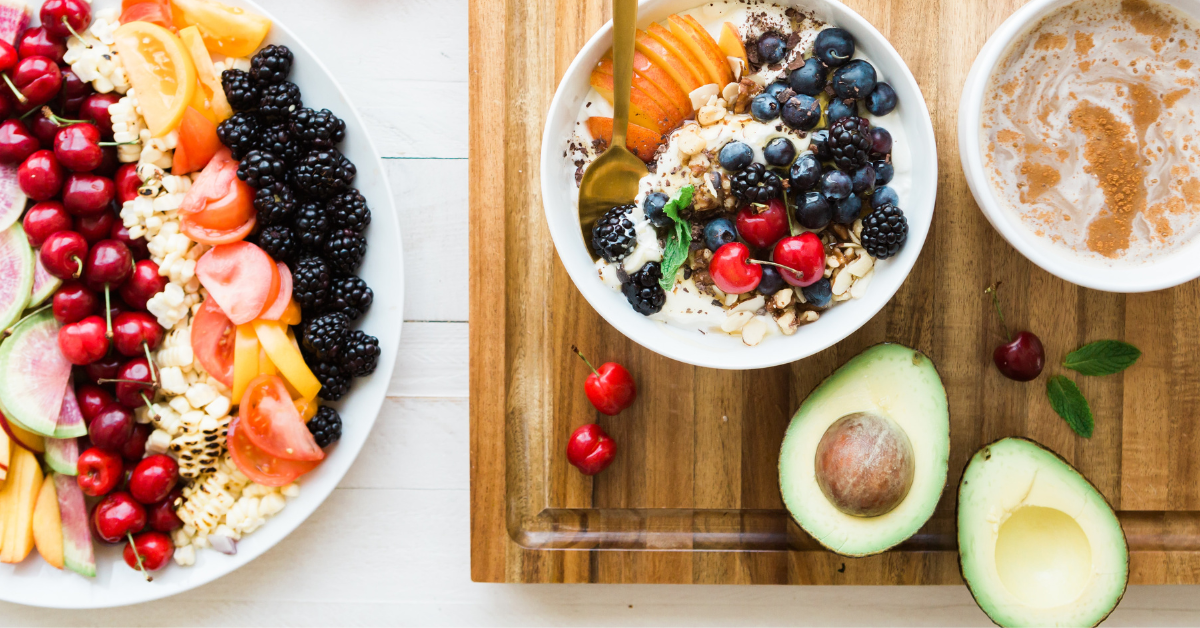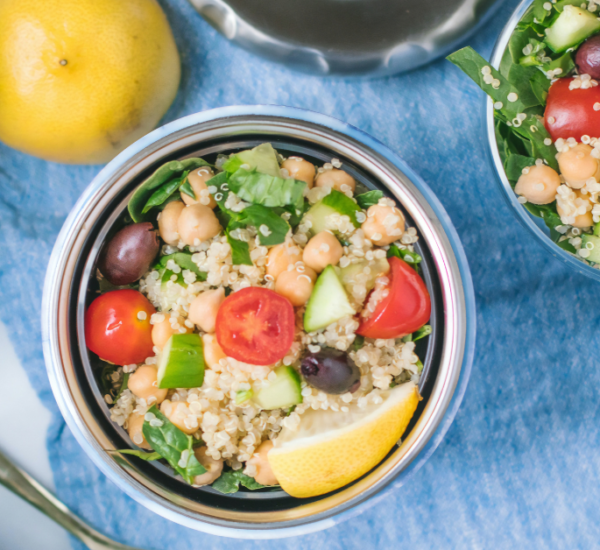Vegetarians have embraced legumes for a long time, but what are the rest of us missing out on?
What are legumes?
Legumes are a group of plant foods also known as pulses. Some commonly known legumes include baked beans (navy beans), chickpeas, soybeans, lentils, four bean mix, kidney beans and split peas.
Why are Legumes so good for you?
Legumes are a valuable source of nutrition as a part of a healthy diet. They pack a nutritional punch as they are high in fibre, which is great for bowel health and have been attributed to lowering cholesterol due to their soluble fibre contents. They are a source of low GI carbohydrates so they keep you fuller for longer and give you longer lasting energy, are low in saturated fat, high in B vitamins, iron, calcium, phosphorus, zinc and magnesium and are also a source of folate and antioxidants. Legumes are a great source of protein and are also gluten free. What’s not to love?
Eating legumes often has also been attributed to living longer (1). Areas of the world known as the ‘blue zones’ have extraordinary life expectancy. One key feature of these areas is the emphasis of plant-based foods, including legumes as a part of their diet (2). Eating legumes has also been linked with a reduced risk of type 2 diabetes and heart disease, management of cholesterol and blood sugar levels and also weight loss (3,4,5,6)
Are people getting enough legumes?
According to research from the Grains and Legumes Nutrition Council only 1 in 5 Australians are eating legumes regularly (7). For such a cheap and healthy food to add to meals this may come as a surprise. A serve of legumes is equal to 1 cup or 150g of cooked or canned legumes, try including at least 2 serves as a part of your weekly meals. This may be baked beans for breakfast and chickpeas tossed through a salad for lunch one week.
The Grains and Legumes Nutrition Council reports the three main reasons for not including legumes as a part of meals was not knowing how to prepare them, little understanding of the health benefits and concern of the side effects like bloating and gas (7).
Can you eat too many legumes?
Beans are known as the musical fruit, but rest assured there is a way to ease this symptom. If you are cooking dried legumes, soak them overnight before cooking them, this also helps to make the nutrients easier to absorb and digest. If you are using canned legumes like chickpeas or four bean mix, rinse them with water, as a bonus this also reduces the sodium content. It is best to start with small portions of legumes and gradually build up so that your digestive system has time to adjust.
Legumes have recently been accused of being ‘bad’ for our health and some popular diets recommend their exclusion. A common reason for this is that legumes contain ‘anti-nutrients’ like lectins and phytic acid. Raw legumes contain lectins, however when you cook legumes the lectins are inactivated so they are not harmful to human health. The phytic acid levels of legumes also raise concerns with some, however the good bacteria in our guts have the ability to break down phytates so moderate amounts are tolerated by the body with no adverse effects. To reduce the phytic acid content of legumes soaking and roasting helps to break it down.
Are legumes paleo?
Strictly speaking legumes are not a part of the modern paleo diet. However, this does not mean that they are not a healthy inclusion to add to meals, plus they are an great plant-based protein source and eating them has many positive health outcomes. Evidence exists of early humans using stone tools to grind seeds and grains and early human fossils with the remains of grains and legumes in dental plaques. In paleolithic times early humans early humans ate whatever they could find to survive and this included legumes.
How can I include more legumes in my diet?
Legumes are so easy and versatile to add to your meals. Try adding some lentils to soups, chickpeas to salads, kidney beans to meaty dishes to decrease the quantity of meat and make the meal go further or dipping some vegie sticks in hummus. The options are endless. How are you going to include legumes into your meals this week?
References
1. Darmadi-Blackberry, I, Wahlqvist, M, Kouris-Blazos, A, Steen, B, Lukito, W, Horie, Y, & Horie, K 2004, ‘Legumes: the most important dietary predictor of survival in older people of different ethnicities’, Asia Pacific Journal Of Clinical Nutrition, 13, 2, pp. 217-220, MEDLINE Complete.
2. Appel, LJ 2008, ‘Dietary patterns and longevity: expanding the blue zones’, Circulation, 118, 3, pp. 214-215, MEDLINE Complete.
3. Bouchenak, M, & Lamri-Senhadji, M 2013, ‘Nutritional Quality of Legumes, and Their Role in Cardiometabolic Risk Prevention: A Review’, Journal Of Medicinal Food, 16, 3, pp. 185-198, CINAHL Complete.
4. Venn, B, & Mann, J 2004, ‘Cereal grains, legumes and diabetes’, European Journal Of Clinical Nutrition, 58, 11, pp. 1443-1461, Food Science Source.
5. Rebello, C, Greenway, F, & Finley, J 2014, ‘A review of the nutritional value of legumes and their effects on obesity and its related co-morbidities’, Obesity Reviews, 15, 5, pp. 392-407, Food Science Source.
6. Lee, Y, Puddey, I, & Hodgson, J 2008, ‘Protein, fibre and blood pressure: potential benefit of legumes’, Clinical & Experimental Pharmacology & Physiology, 35, 4, pp. 473-476, SPORTDiscus with Full Text.
7. Grains and Legumes Nutrition Council ‘Lifting the Lid on Legumes: The Benefits of Choosing Legumes’














